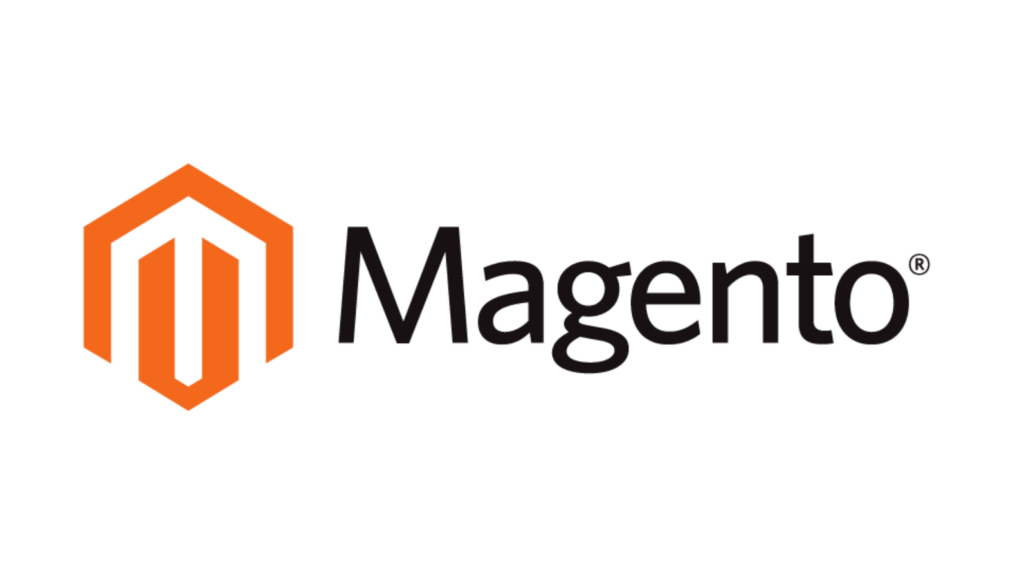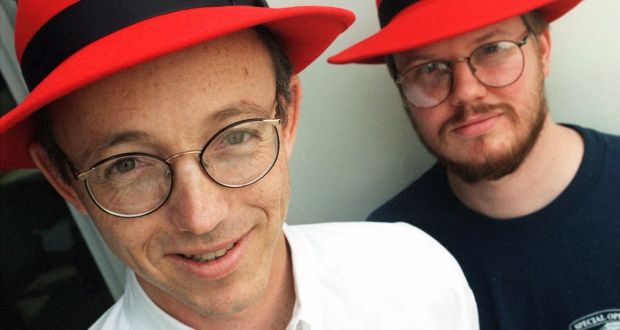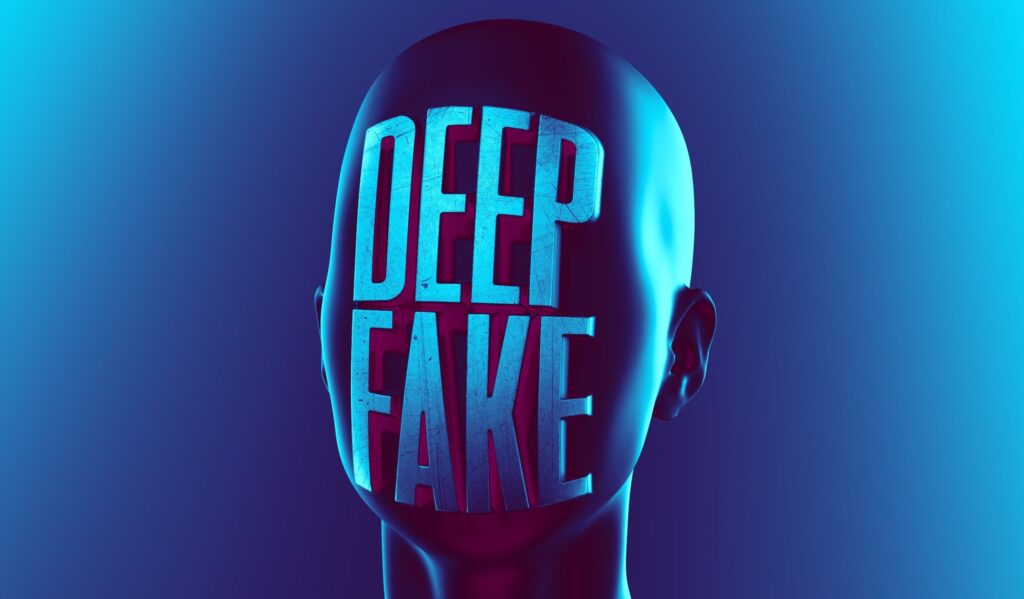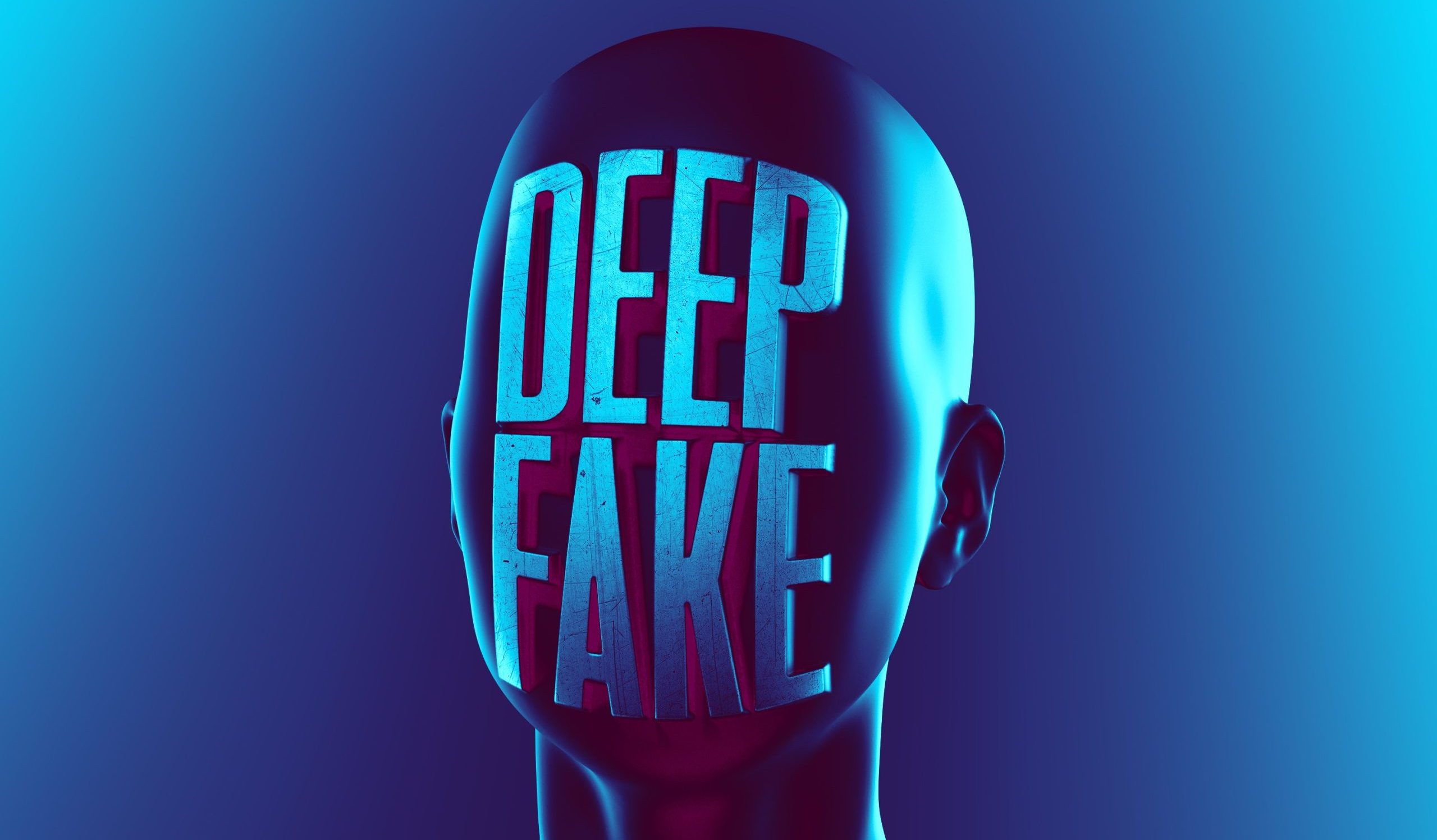Roy Rubin : The Founder of Magento, the Open-Source E-Commerce Platform
With the advent of new technologies and rapid development in our world, especially in terms of science and technology, tech-savvies are crawling all over the surface. And, this rapid growth in technology and the development through it, can mostly be witnessed amongst the school and college students.
The most obvious evidence of scientific and technical development in our society is the innumerable establishment of tech-related start-ups, like e-commerce platforms, digital payment platform, Open-source community, online market place, etc., taking place currently.
Magento is one such gigantic open source e-commerce platform that was created in 2008 by a student, Roy Rubin. It all dates back to 2004 when Varien, the company that owned Magento overtook one of its competitors and changed the status of the business forever.
Varien-From Where It All Started

Since childhood, Rubin had a great interest in the development and technical stuff, and he was completely engrossed in the idea of the subject. He made his mind to pursue engineering, and alongside, he also grew an interest in starting a business of his own.
He didn’t have greater plans when he was working on this business plan of his, as he only saw it as an opportunity to gain more knowledge, more professionalism and enough money to maintain a sober lifestyle of a student.
Initially, he started making small progress with web development, web applications, e-commerce, and content management, as he wasn’t selective about picking a single domain. But soon, he felt like everything was going topsy-turvy in his business, and eventually, he realized that it’s important to be focused on one single thing to achieve success.
While Roy Rubin was making step-wise progress, a major breakthrough took place in 2004, when he started his own company named Varien and also got a job at OsCommerce. With a few weeks of studies related to OsCommerce, he concluded that the company shared mutual goals with Varien, but the former lacked better quality of services and enough employees. He saw it as a golden opportunity to stream down customers to Varien, which was better than OsCommerce in every aspect. Thus, he invested some of his own money in Google AdWords, and the result was unexpected.
This decision of Roy Rubin changed the future of Varien forever and gave him a better scope to expand his business.
Releasing Magento
After releasing an advertisement in Google AdWords, Varien landed its one of his biggest clients. Rubin, in one of his interviews, said that if it hadn’t been for the advertisement, the company could have never managed to launch a product like Magento. Because, that specific company was entirely responsible for the funding of this e-commerce platform, now known as Magento.
The first public beta version of Magento was released on 31 August 2007. Varien launched Magento, an open-source e-commerce platform, as its product. It was written in PHP, and the first general availability of this software was released on 31st March 2008.
Ownership, Growth and Success of Magento
In February 2011, eBay bought a 49% share of Magento, followed by the entire acquisition of the company on 6th June 2011. But, Rubin continued to work as the CEO of Magento. But, in 2013 he stepped down and left the company.
On 3rd November 2015, Permira acquired the company, and finally, on 19th June 2018, Adobe took the ownership of Magento for $1.68 billion.
On 17th November 2015, the company released the second version of Magento, i.e. Magento 2.0. Since then, Magento is considered as the top digital e-commerce platform around the world.
On 19th October 2016, Rubin joined Magento Board of Directors, and he said that the pace at which Magento was growing was really commendable.
Rubin and Akeneo
Rubin joined Akeneo, a French company for open source product as an advisor in 2016. Since, Akeneo was also a company related to open source, the CEO of Akeneo mentioned that they were grateful to have a person like Rubin in their team. In Akeneo, Rubin is responsible for making the strategic decisions for the short-term goals of the company.
Roy Rubin is a true businessman, and a visionary, who keeps inspiring every start-up related to open-source platform out there. His role in Magento followed by his strategies in Akeneo is incredible.







